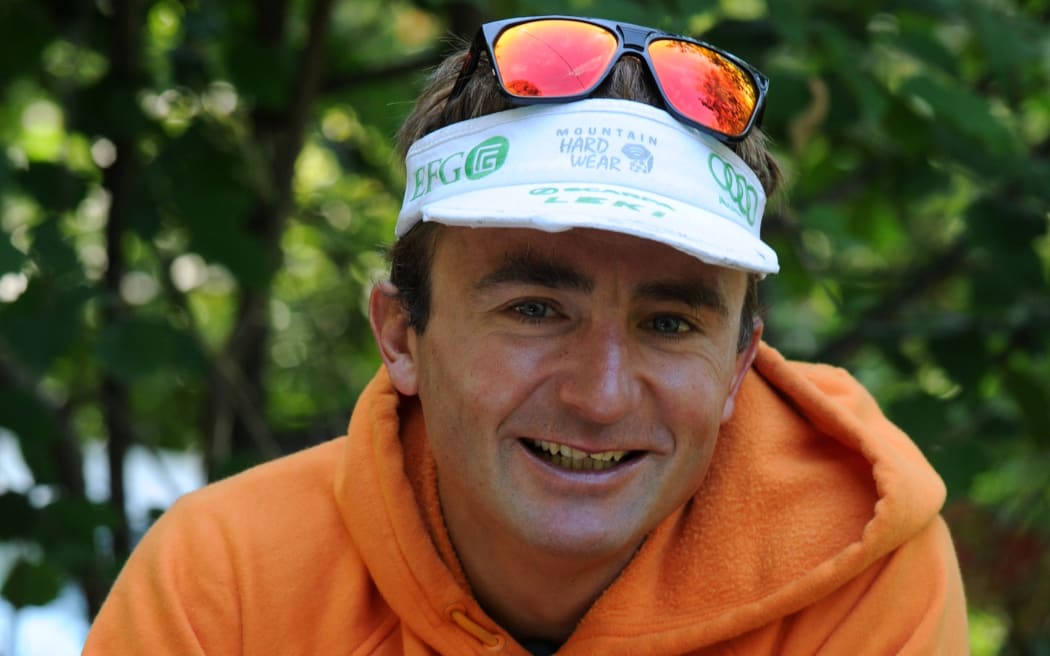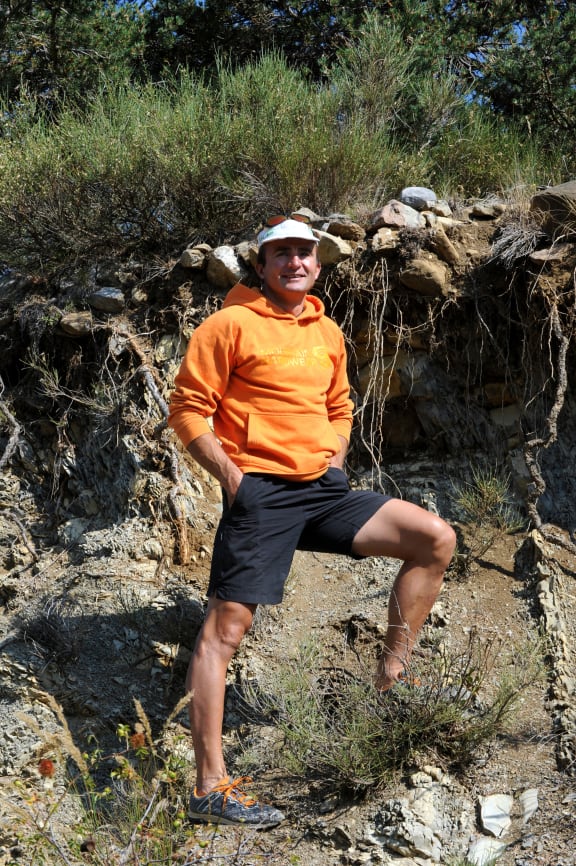One of the most famous climbers in the world, Ueli Steck, has died on Mount Everest. He is thought to have fallen 1000m down an ice slope.

Swiss climber Ueli Steck poses in Sigoyer, in the Hautes-Alpes department of southeastern France in 2015. Photo: AFP
Steck, known as the "Swiss Machine", died in an accident while acclimatising for an attempt on the mountain without oxygen by a new route.
The 40-year-old had won multiple awards and was known for his rapid ascents.
He set new standards in alpine climbing - setting a string of records for making breathtakingly quick solo ascents of classic routes.
He also played a big part in bringing the sport to a new audience through films made of his exploits.
In 2015 he climbed one of the world's most famous walls, the North Face of the Eiger, in two hours and 47 minutes - a time that would have been unthinkable to the early pioneers of the sport, who took days to complete it.
His body has been recovered from the base of Mount Nupste, which shares a common ridge with Everest, after he was spotted by fellow climbers.
"He had an accident on the Nuptse wall and died. It seems he slipped," Ang Tsering Sherpa, head of the Nepal Mountaineering Association, told news agency AFP.

Nepalese volunteers and friends of Swiss climber Ueli Steck carry his body at a hospital in Kathmandu after it was recovered by helicopter. Photo: AFP
It is believed he was alone on Sunday due to his climbing partner contracting severe frostbite.
Steck was preparing to climb Mount Everest using its West Ridge, a route which has been the cause of more deaths than successful ascents, followed by Lhotse, the fourth highest mountain in the world.

Ueli Steck as he poses at Sigoyer, in the Hautes-Alpes department of southeastern France Photo: AFP
In a video about his Everest-Lhotse project ahead of his departure for the Himalayas, Steck said he felt "super-ready and psyched".
"My body is as strong as it was never before," he said.
On Wednesday, Steck wrote on his Facebook page that he had a "quick day from Basecamp up to 7000m and back" as he believed "active acclimatisation" was the most effective way of getting used to high altitude.
The climber reached Mount Everest's summit without oxygen in 2012, and in 2015 climbed all 82 Alpine peaks over 4,000m (13,100ft) in 62 days.
Veteran British mountaineer Sir Chris Bonington paid tribute to Steck, describing him as "one of the great climbers of all time". He said that Steck's reputation for speed climbing had not necessarily put him at greater risk.
"What kills most people is the objective dangers, going into an area where there is stonefall or the threat of avalanche," he said.
"The longer you are exposed to that threat, statistically the more likelihood there is of you being hit by one of these things. Whereas if you are moving very fast you are exposed to that danger for a much shorter time.
"But the people who are climbing at the absolute limit, which he undoubtedly was, the death rate among the very best mountaineers is very high, particularly in the Himalayas."
British mountaineer Kenton Cool described Steck as "a true inspiration" who "showed us all what was possible in the mountains and beyond".
The British Mountaineering Council described him as a "legendary mountaineer and all-round great guy".
- BBC

